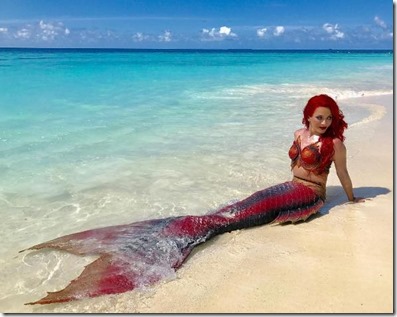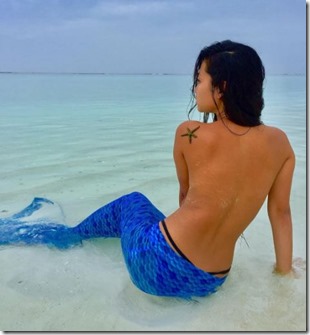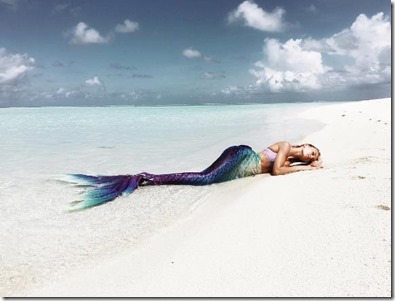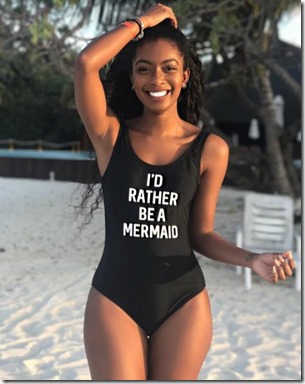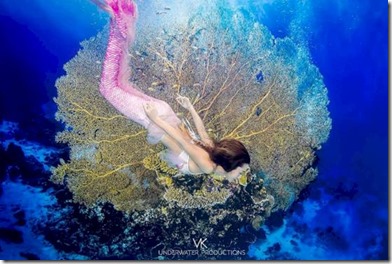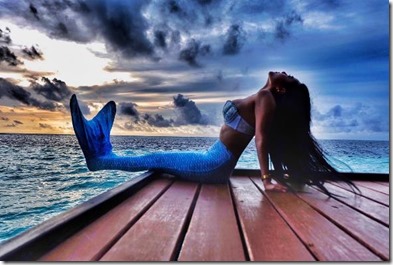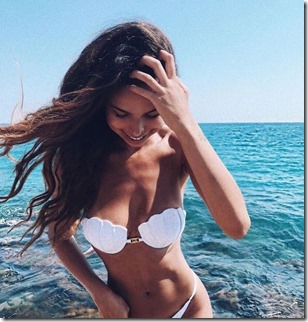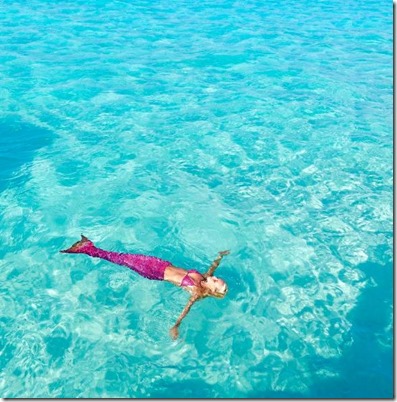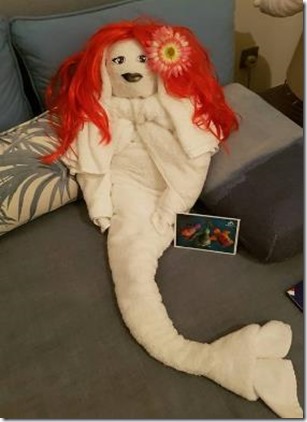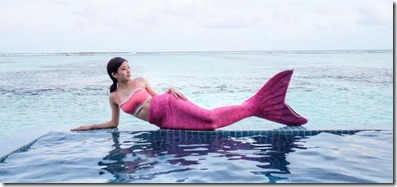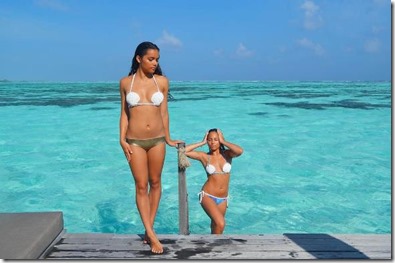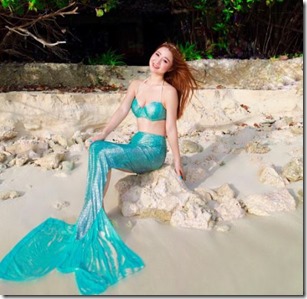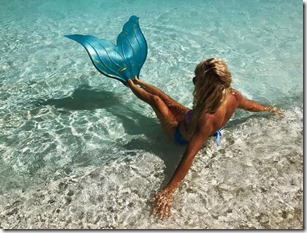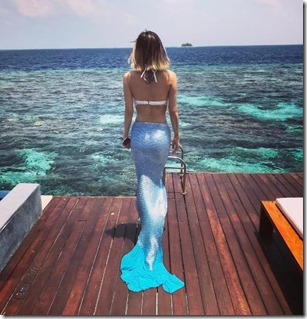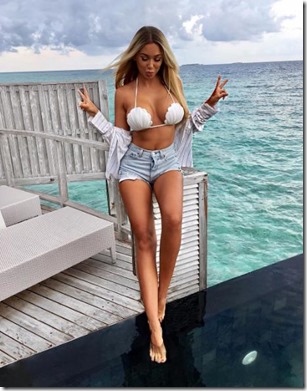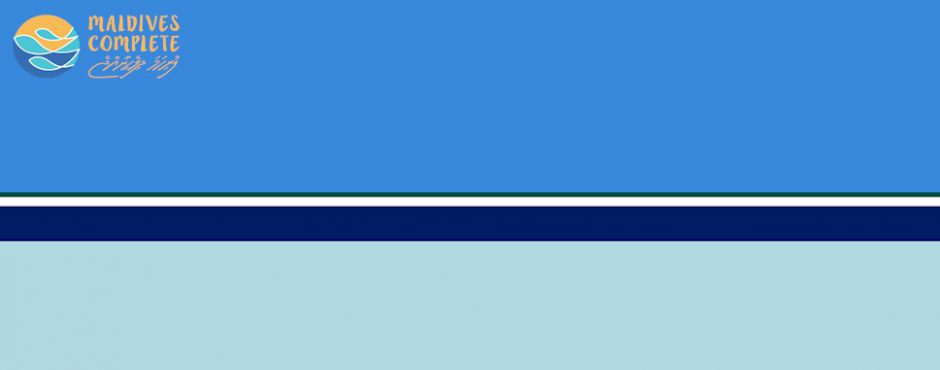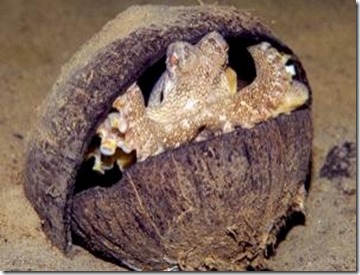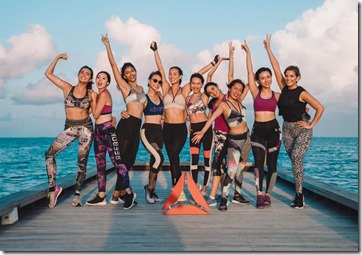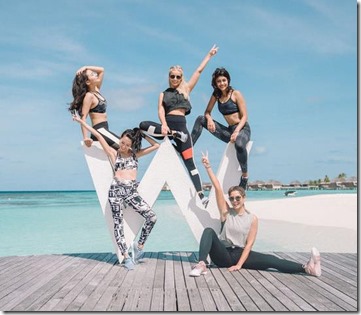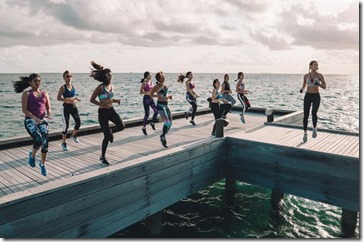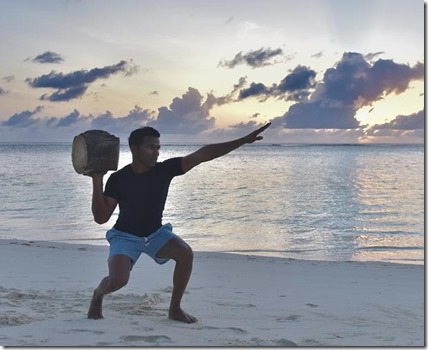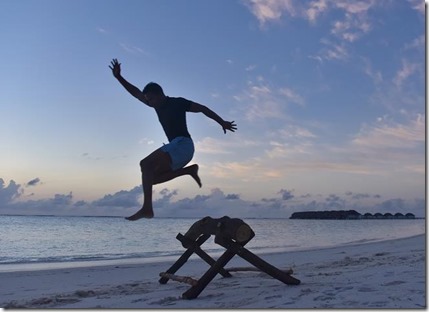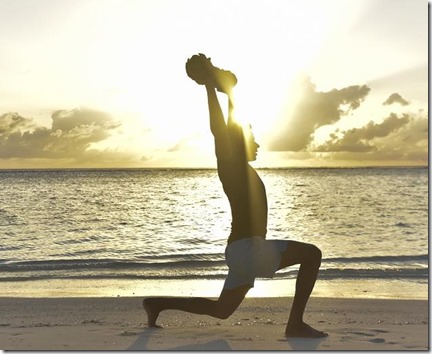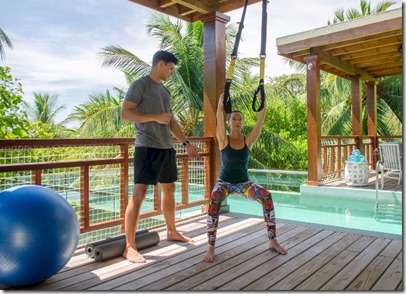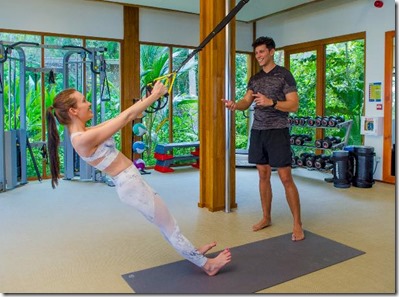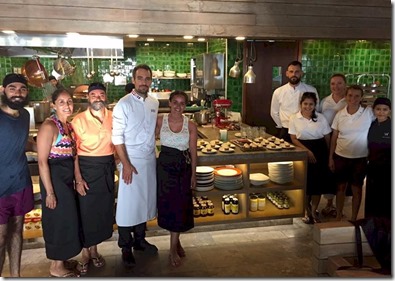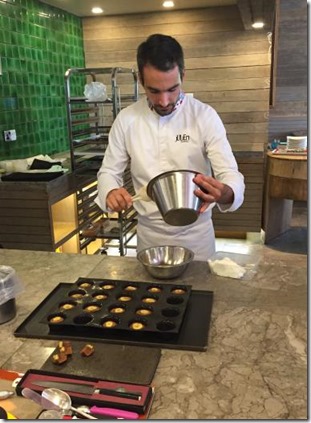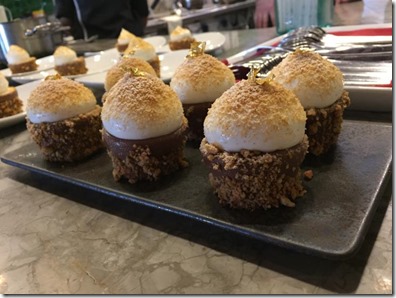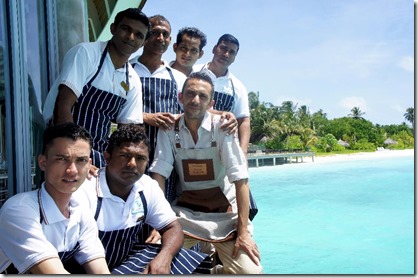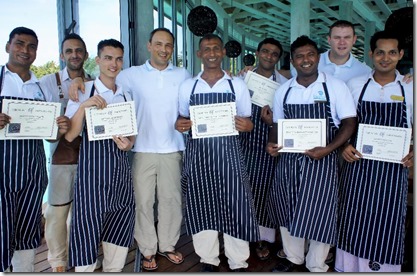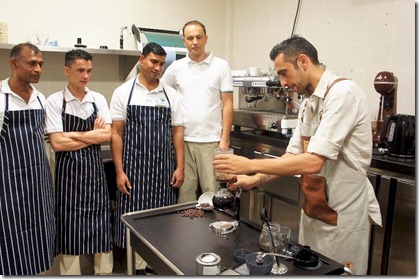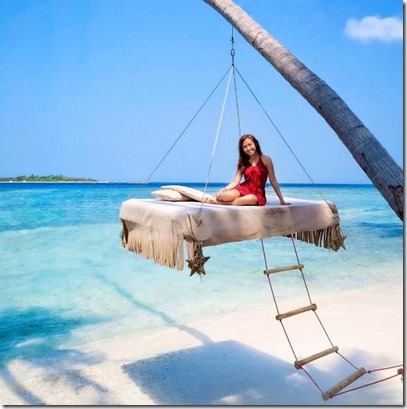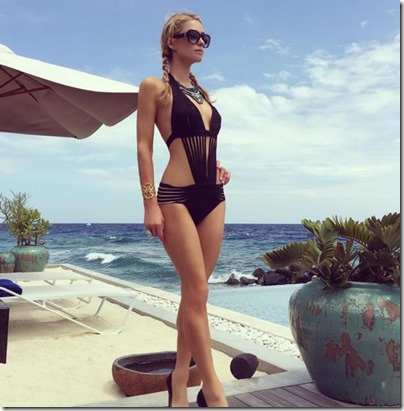
Nine years ago today, Instagram was unleashed on the world. Maldives Complete had already been on the web for nearly a year at the time. Instagram has come a bit further since ;-). It has emerged as the social media of choice for the celebrity and fashionista class. The photo-based platform suits the beautiful people crowd quite well.
Instagram has changed our world and even Maldives Complete. The “Celebrity Visited” field in the resort profile has been a part of the site from the get-go and was gleaned mostly from press reports and celeb sponsored visits travel pieces. But Instagram has turned both the information and photo op spigot full on. I introduced the “Fashion” section of the blog two years ago this month and it has rapidly grown to be one of the most popular features.
So who is the “Best of the Maldives” at attracting Instagram followers through its guests? Velaa – they have the largest total number of aggregate celeb guest followers (117,790,176), as well top (tied) position for most Top 20 guests (3, along with Four Seasons Landaa Giraavaru).
Here are few other fun figures about the sun-kissed figures…
- Followers: Each cluster of an order of magnitude of followers all had between 300-400 fashionistas.
- < 10k followers: 341 visitors
- 1k – 10k: 454
- 10k – 100k: 468
- 100k – 1m: 347
- > 1m: 106
- Occupation – Entertainment was the dominant field here with creative and sporty type following.
| |
RESORT
|
FOLLOWERS
|
| 1 |
Velaa
|
130,684,342
|
| 2 |
NIYAMA
|
108,835,373
|
| 3 |
Finolhu
|
57,357,484
|
| 4 |
Four Seasons Landaa Giraavaru
|
57,100,000
|
| 5 |
Cheval Blanc Randheli
|
44,084,145
|
| 6 |
One & Only Reethi Rah
|
43,016,283
|
| 7 |
Huvafenfushi
|
35,564,912
|
| 8 |
Six Senses Laamu
|
34,504,716
|
| 9 |
Four Seasons Kuda Huraa
|
23,093,022
|
| 10 |
W Retreat
|
13,266,346
|
|
OCCUPATION
|
FOLLOWERS
|
| 1 |
Singer / Musician
|
215,354,798
|
| 2 |
Model
|
201,904,735
|
| 3 |
Actress / Presenter
|
125,240,233
|
| 4 |
Blogger / Designer |
99,388,622
|
| 5 |
Athlete
|
6,912,456
|
| 6 |
Dancer / Yoga
|
6,323,516
|
|
COUNTRY
|
FOLLOWERS
|
| 1 |
USA
|
130,684,342
|
| 2 |
United Kingdom
|
108,835,373
|
| 3 |
Russia
|
57,357,484
|
| 4 |
Barbados
|
57,100,000
|
| 5 |
India
|
44,084,145
|
| 6 |
Columbia
|
43,016,283
|
| 7 |
Thailand
|
35,564,912
|
| 8 |
Brazil
|
34,504,716
|
| 9 |
Australia
|
23,093,022
|
| 10 |
Philippines
|
13,266,346
|
|
INSTRAGRAMMER |
COUNTRY
|
RESORT |
OCCUPATION |
FOLLOWERS
|
| 1 |
Jennifer Lopez |
USA
|
Velaa |
Singer |
68,600,000
|
| 2 |
Rhianna |
Barbados
|
NIYAMA |
Singer |
51,700,000
|
| 3 |
Shakira |
Columbia
|
Velaa |
Singer |
42,700,000
|
| 4 |
Cara Delevingne |
United Kingdom
|
Finolhu |
Model |
40,600,000
|
| 5 |
Bruna Marquezine |
Brazil |
Cheval Blanc |
Actress |
22,600,000 |
| 6 |
Huda Kattan |
USA |
Huvafenfushi |
Blogger |
15,200,000 |
| 7 |
Jacqueline Fernandez |
India
|
Four Seasons Landaa Giraavaru |
Actress |
13,800,000 |
| 8 |
Rita Ora |
United Kingdom |
Palm Beach |
Singer |
11,400,000 |
| 9 |
Victoria Beckham |
United Kingdom |
One & Only Reethi Rah |
Singer |
8,900,000 |
| 10 |
Aum Patchrana |
Thailand |
Coco Palm Bodu Hithi |
Actress |
7,400,000 |
| 11 |
Roe Huntington-Whiteley |
United Kingdom
|
Four Seasons Landaa Giraavaru |
Model |
7,400,000 |
| 12 |
Zoe Sugg |
United Kingdom |
Ranveli |
Blogger |
6,800,000 |
| 13 |
Park Shin-hye |
South Korea |
Soneva Jani |
Model |
6,600,000 |
| 14 |
Davika |
Thailand
|
Club Med Finolhu Villas |
Designer |
6,400,000 |
| 15 |
Kimberley Anne Tiamsiri |
Thailand |
Kanuhura |
Actress |
5,700,000 |
| 16 |
Belén Rodríguez |
Argentina
|
One & Only Reethi Rah |
Model |
5,600,000 |
| 17 |
Paris Hilton |
USA |
Velaa |
Model |
5,600,000 |
| 18 |
Eva Gutowski |
USA |
Six Senses Laamu |
Blogger |
5,400,000 |
| 19 |
Aliaa Bhaat |
India |
Four Seasons Landaa Giraavaru |
Actress |
5,200,000 |
| 20 |
Sveta Bilyalova |
Russia |
LUX South Ari Atoll |
Model |
4,900,000 |
